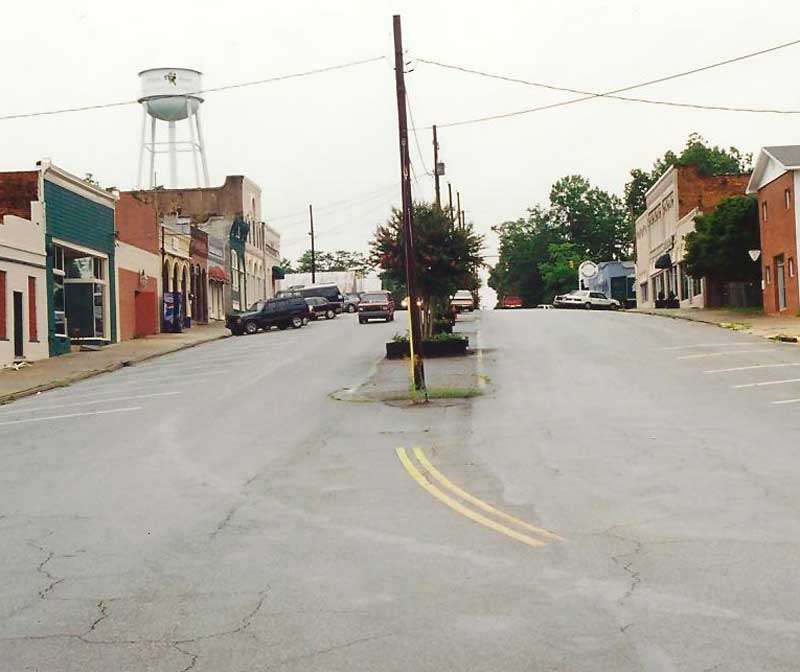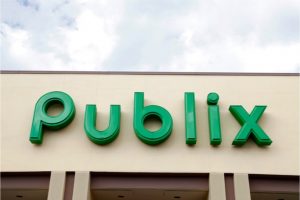Call it an economic miracle. Call it impossible. Or maybe call it effective planning and implementation with a vision for the future.
However it is described, the downtown Main Street area of Senoia since the Great Recession began in late 2007 has seen a 700 percent increase in business growth.
Senoia Enterprises, Inc. developer Scott Tigchelaar said the downtown area had seven businesses open in 2007. By early 2013 that number had swelled to 50 businesses, and came little remaining space available and with a waiting list of others wanting to locate on Main Street.
“And it’s important to have the right fit and to bring in quality,” Tigchelaar said, citing an example of the infrastructure needed to provide for businesses and their customers. “Senoia is doing the right things to support growth and add infrastructure.”
Downtown Development Authority (DDA) Chairman and volunteer Suzanne Helfman said, “Whether the increasing number of businesses moving to the city or the large variety of people involved, we have diversified stakeholders with businesses, developers, the city and the DDA. All of those together became what we have now. All these entities had a shared vision. It’s a remarkable transformation that just keeps getting better.”
City Administrator Richard Ferry in addressing the geometric growth said any success story about Senoia includes a combination of the elected officials, the Downtown Development Authority, developers and city staff. Ferry noted that business developers in Senoia are local people whose names are already attached to the city.
“The developers and businesses, everybody’s out there taking a risk. One wouldn’t think the period of 2006-2010 would be the optimal time to start a business,” Ferry said of the recession that devastated jobs and businesses across metro Atlanta, the state and the nation. “So what did they see in (in Senoia) in their business models?”
Helping to bolster the developers and businesses willing to take the risk in Senoia was the vision created by DDA, the city’s investment in sewer and the mayor and council creating a comprehensive plan and ordinances with citizen input.
Adding to the mix was Peachtree City-based Historical Concepts that put the vision on paper, Ferry noted. “It was a very positive, perfect storm,” Ferry said of the participation of all the parties. “And we’re constantly looking at how we can improve. We’re not even close to being done with the momentum.”
Tigchelaar from a business perspective credited the mayor and council, city staff and residents such as Helfman who put in much of the work that translates, not only into planning and the adoption of ordinances, but also into the variety of events that attracts increasing numbers of people to the city.
By way of example, it is customary to have 3,000-4,000 or more attending one of the city’s several annual events. “Without them, the (transformation) of Senoia would have been insurmountable,” said Tigchelaar. “But we’re all pulling in the same direction.”
Below, there have been many changes in downtown Senoia since this photo was taken in 1999. Parking spaces are no longer empty and the downtown area that had only seven businesses open in 2007 has 50 operating today. Photo/Suzanne Pengelly.

When it comes to available downtown retail space and how quickly it fills, both Helfman and Tigchelaar noted that once a business plans to move out several will hear about it and make a move to acquire the space. “People are always asking about letting them know if somebody is going to move out,” Helfman said.
Tigchelaar, Helfman and Ferry each provided their perspective in assessing the seemingly magnetic draw of businesses to the downtown area, explaining that it is due to a combination of factors. Some of those factors include the purposefully historic look of the downtown area, the nostalgia that accompanies that look, the care given to historic renovation, the variety of businesses, the number of homes and other buildings listed on the National Register of Historic Sites, the tourism generated by having two Southern Living magazine Idea House locations in the city and, of course, the contribution of the film industry that continues to expand Senoia’s name and its offerings both nationally and internationally.
Perhaps the best example of that exposure is with “The Walking Dead,” now in its fourth season of filming in and around Senoia. “We’ve maintained the charm that’s sometimes hard to define,” Helfman said in describing the continuing evolution of the city that defied the Great Recession.
Downtown Senoia businesses have far more customers to draw from than the city’s 4,000 residents. A check of license plates on any given day show large numbers from Fayette and other counties, not to mention the wealth of people from Newnan and other Coweta County locations who frequent the city, both to shop and to attend the various parades and community events held each year. Still others find the city to be a place they want to call home.
“There are people who don’t want big boxes and chain retail stores. They want Mayberry and a sense of community. And that is Senoia,” said Tigchelaar, a former Peachtree City resident. “Peachtree City has chain stores where we have the opposite and we do well. Senoia is not for everybody. But those who like it, love it. That’s another reason why we see continued growth.”
Focusing on another factor that resulted in the unique character on the downtown area, Tigchelaar said city leaders years ago declined to have Hwy. 16 and Hwy. 85 routed through the downtown area, preferring instead to have them located where they are today. Unlike many other towns and cities whose downtown areas become congested crossroads, Senoia was different.
“They wanted downtown to stay quaint and unaffected by the increases in traffic,” he said. In terms of development, there is more to Senoia’s continuing success than just the downtown area. A large jump in business activity in recent years can also be found along Ga. highways 16 and 85. Helfman, Tigchelaar and Ferry all noted the increase in businesses operating along the state highways since 2007 and the need to provide quality retail venues in the coming years.
“As more people become interested, some will want to annex into the city. But they will have to buy-in to the vision,” said Ferry. “All the parties involved have an interest in continuing to improve on what we have.”
Like a snowball defying gravity by rolling uphill, Senoia over the past few years defied the economic climate that wreaked havoc on businesses and jobs across America. Yet the many people involved in the city’s success did more than create a very successful niche. They created a new, evolving destination that has the look of a city 100 years ago. And doing so, they created the Mayberry of the 21st century.
Expect that evolution to continue.










Leave a Comment
You must be logged in to post a comment.